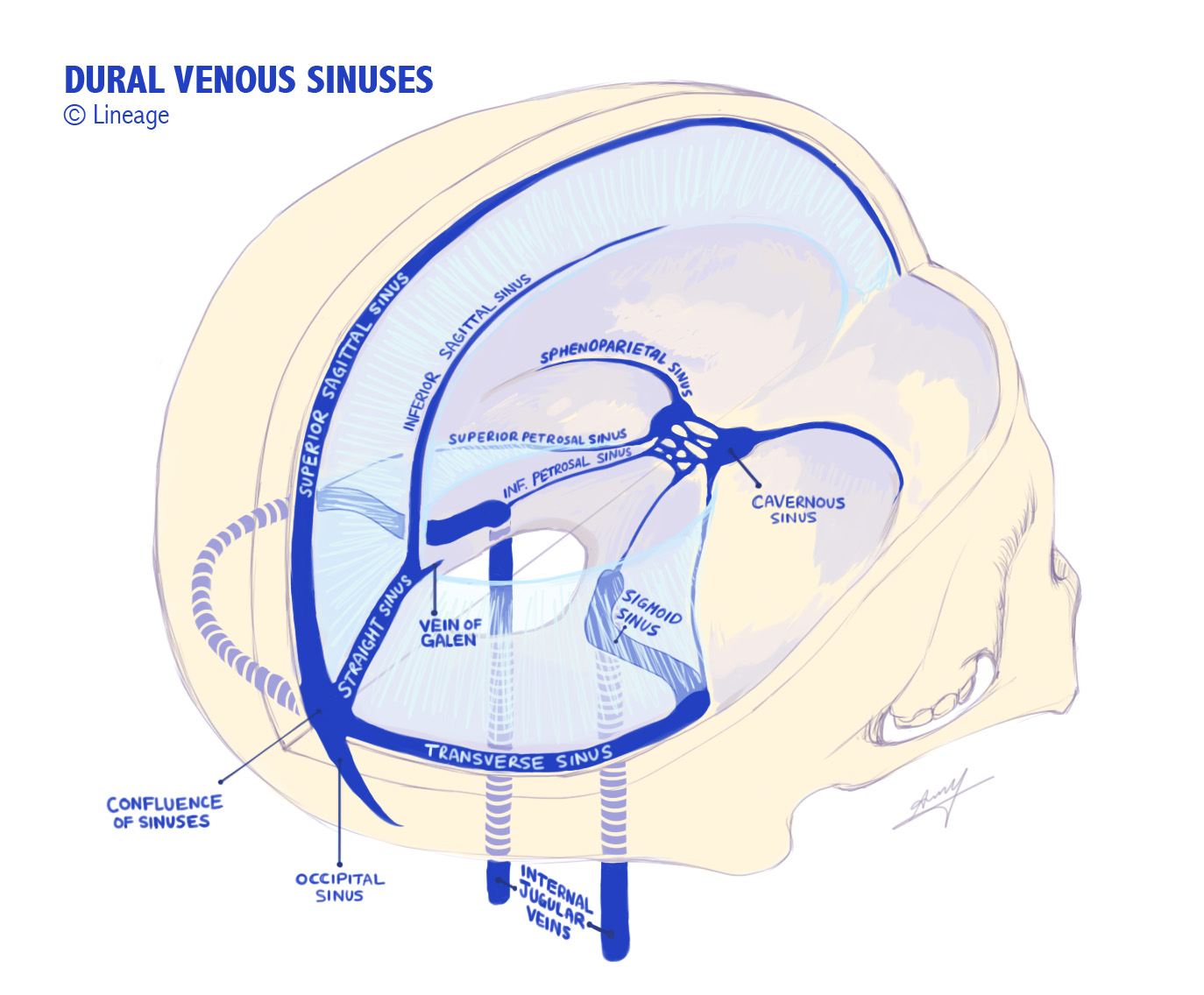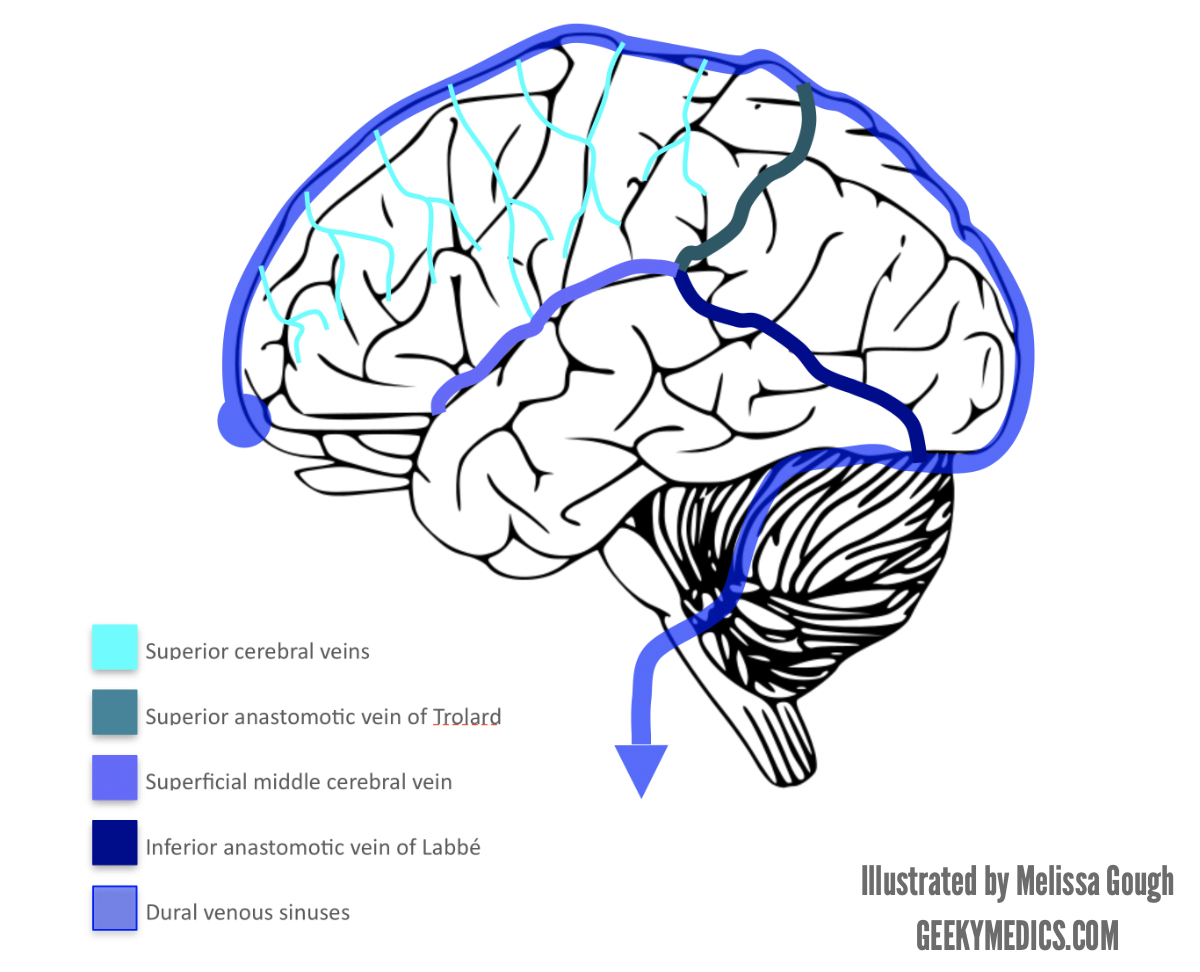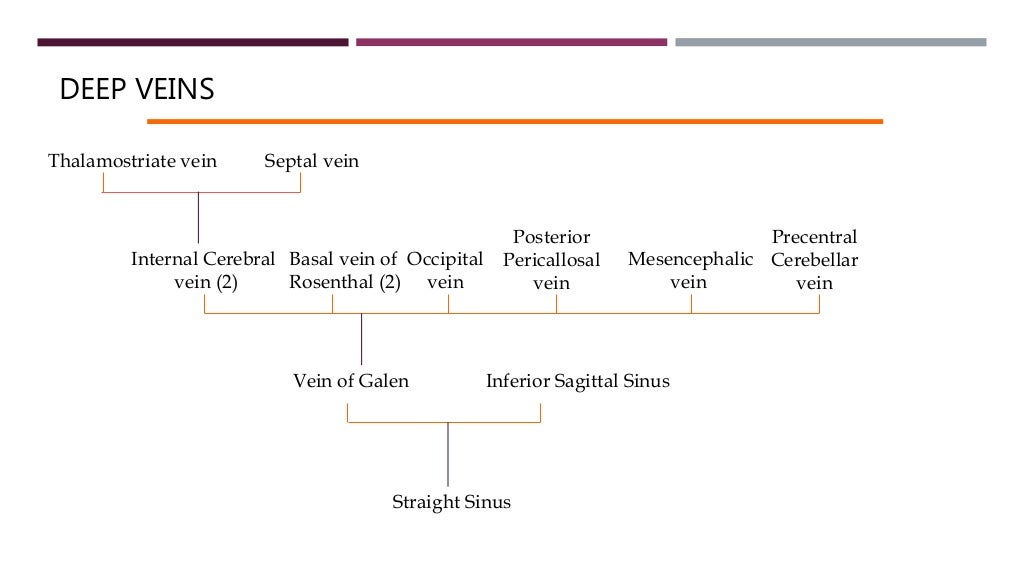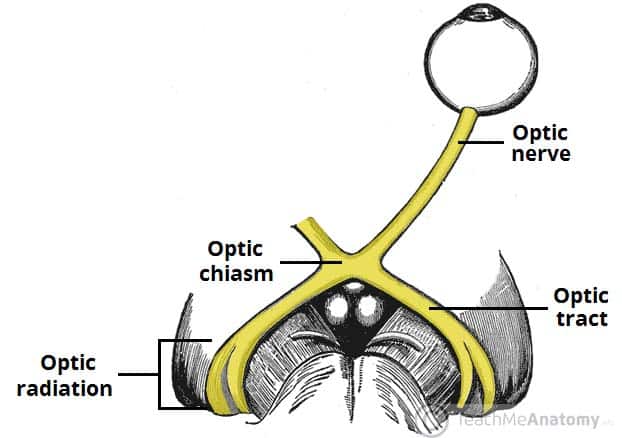If you get orientated, they are largely as they say on the tin
Pulvinar is posterior (means cushion- you sit on it with your posterior)
The ventral 'belly' side faces outwards *laterally).




| Feature | Sympathetic NS | Parasympathetic NS |
| Summary of responses | Fight or flight | Rest and digest |
| Spinal cord distribution | Thoracolumbar | Craniosacral |
| Preganglionic neurone | Short | Long |
| Preganglionic neurotransmitter | Acetylcholine (Ach, cholinergic) | Acetylcholine (Ach, cholinergic) |
| Postganglionic neurone | Long | Short |
| Postganglionic neurotransmitter | Noradrenaline (NA, adrenergic) in most cases* | Acetylcholine (Ach, cholinergic) |


| Nucleus | Pre-ganglionic | Ganglion | Post-ganglionic | Target organs |
| Edinger-Westphal (Oculomotor nerve) | Travels with the motor root of the oculomotor nerve | Ciliary ganglion | Travels via the short ciliary nerves | Sphincter pupilliae
Ciliary muscles
|
| Superior salivatory nucleus (Facial nerve) NB VII above IX hence sup and inf (both salivate) | Travels with the greater petrosal nerve and the nerve of the pterygoid canal | Pterygopalatine ganglion | Hitchhikes on branches of the maxillary nerve | Lacrimal gland
Nasopharynx
Palate
Nasal cavity
|
| Travels within the chorda tympani, a branch of the facial nerve | Submandibular ganglion | Fibres travel directly to target organs | Sublingual and submandibular glands | |
| Inferior salivatory nucleus (Glossopharyngeal nerve) | Travels within the lesser petrosal nerve | Otic ganglion | Hitchhikes on the auriculotemporal nerve | Parotid gland |
| Dorsal vagal motor nucleus (vagus nerve) | Travels within the vagus nerve | Many – located within the target organs | n/a | Smooth muscle of the trachea, bronchi and gastro-intestinal tract |








